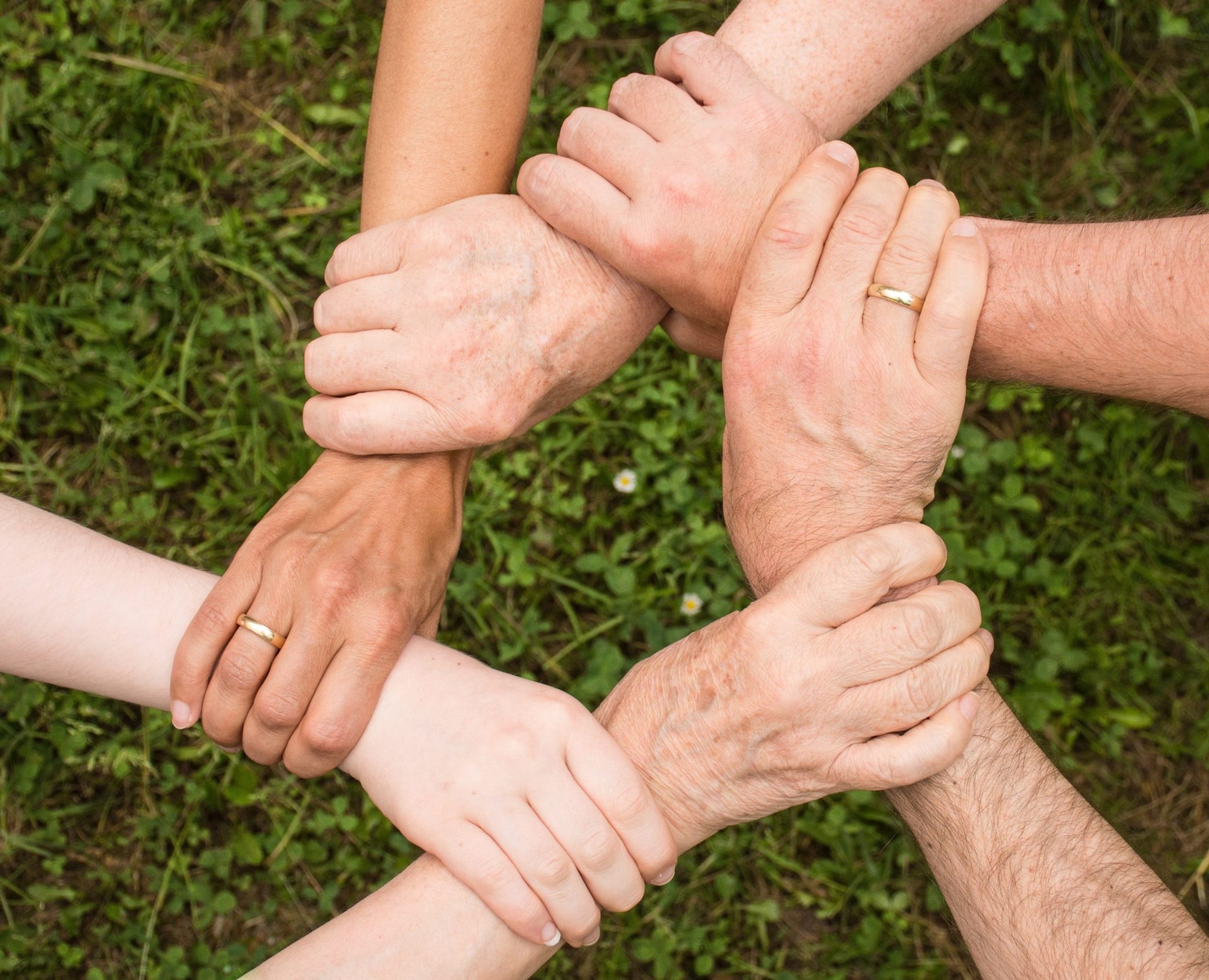“We don’t heal in isolation, but in community” – S. Kelley Harrell
What Role Does Community Play in Addiction Recovery?
Self-isolation is one of the most common tendencies for those in the healing process. Sometimes it’s because of fear of rejection or disapproval. And other times it’s out of a desire to protect those around us from our pain. Many of those in recovery withdraw from their vital connections—whether it be family, friends, or other groups—when they are most in need support.
But healing rarely happens at a solely individual level.
Many people acknowledge that finding a community—a group that shares beliefs, values, and principles—is very important. It can be a remedy for feelings of isolation and moving through healing. But things can get complicated, however, if a previous community or set of relationships contributed to addictive or destructive behaviors.
This is when the new community that a person cultivates becomes reflective of their choices. Moreover, it can reflect their goals and how they want to grow in health and wholeness. Since many addictions arise out of social disorder and traumatic events, the establishment of healthy community bonds is key. It can restore and rebuild the foundations of trust needed to rebuild an individual.
What’s the Evidence for the Importance of Community?
Recent studies show that community and peer-support networks improve perceptions of social support, reduce habitual craving, and fend off feelings of guilt and shame. The results, then, are more than just “feeling better,” but also measurable in both the short-term and the long-term. Other quantifiable results of community healing include:
- Emotional stability
- Self-confidence
- Communication skills
- Improved sense of trust
- Reduced anxiety and depression
- Longevity and quality of life
In the short-term, building a sense of connection to a healthy community improves your mood, perspective of life, and hope for the future. In the long-term, one’s community of trust can be a resource for help when unexpected or difficult things happen in life. Sometimes you don’t realize how much you needed your community until you’re in crisis, so why wait?
Where is a Good Place to Start With Community?
Another obstacle that many people encounter in the midst of healing processes is that they don’t know where to start with finding a helping community.
Depending on where you’re at in your recovery, it may seem like there are just too many options to choose from—and there are a lot! But it makes it easier when you can first identify your set of needs and then see what group model might work best for you:
- Rehab
- Halfway houses
- Mentorship
- Peer-support groups
- Faith-related communities
- Groups with shared hobbies
- Spontaneous social connection
Whichever connection outlets makes most sense for you in your journey, it’s always important to keep in mind your beliefs, principles, and growth goals. As long as these continue to match up with your community’s, the commitment and return on your investment is up to you.
How Does Flexibility and Change Help Those in Addiction?
It’s also important to allow your community to change. What worked for you at the beginning of your healing process may not work in later stages. This type of transition may be a sign that you’re moving forward and ready to move into a new stage of your growth.
Changes based on interests, goals, and lifestyle transitions (such as a relationship status change or the birth of a child) can also be reasons to branch out from your current sphere of community.
Starting with the network of resources available to you in your current support group, allowing for change in your community can invite new opportunities for further healing.
At the same time, it doesn’t mean that your previous groups should be entirely forgotten. Only by valuing where we came from and acknowledging the stages in our process can we be fully present in the steps we take into the future.
What Does it Look Like to Give Back to the Community?
Community is not just about receiving care and healing— it’s also about giving back. For example, peer-support groups foster a sense of mutual accountability and exchange of encouragement where each member both gives and receives.
Volunteer work and involvement with charity organizations can also be a rewarding and healing place to give back to one’s community. Whether the group is by geographical connection or shared struggle, offering support with no expectation of return can also be an integral part of one’s restoration process.
The Bottom Line: Don’t Wait to Get Involved
In many cases, taking that first step of vulnerability out of isolation is half the battle. Facing one’s struggles was never meant to be a solitary endeavor. Interestingly, however, the choice to be in community is up to the individual.
The second step is maintaining one’s investment in their community. Consistency in a shared community is what builds up a sense of continued trust and security over time, and is something that cannot be rushed.
It’s been said that the opposite of addiction is not sobriety, but connection. Acknowledging our innate human need for connection allows us to see that connection is not just a side dish in the process of healing—community is the main course. Don’t wait to get in touch with the team at Heartwood Recovery today to start your healing journey.




